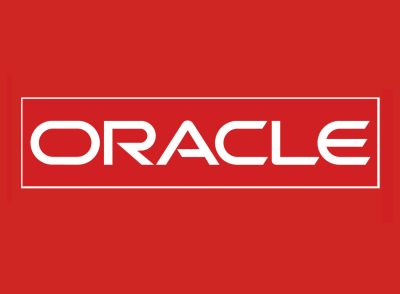

As if a full terabyte of random access memory wasn’t enough to process most workloads, starting on 15 July users can opt for 2TB of RAM in the new Oracle Exalytics In-Memory Machine X3-4.
The new X3-4 runs not only all of Oracle business analytics and enterprise performance management software on top of user’s choice of data sources but also can run Oracle’s Exadata servers. The X3-4 system also carries a large amount of optional storage: 2.4TB of flash storage plus 5.4TB on hard disk.
“We recognise that companies have vast estates of data that could be analysed, including now for Hadoop (for big data load batch processing),” Paul Rodwick, Oracle Vice President of Product Management, told eWEEK. “Not everything’s going to fit into memory.
Oracle is seeing more planning- or scenario-oriented applications and “what-if”-type analyses that require both read and write functions, unlike a classic dashboard or report, Rodwick said.
In its year and a half of availability in the market, the Exalytics has been sold to “a couple of hundred” enterprises, Rodwick said, adding that Oracle isn’t seeing one or two specific verticals that are buying it more than others.
“We’re seeing adoption all over the board,” Rodwick said. “We have some customers with 10,000, 20,000, 40,000 users of Oracle Business Analytics; we have one that’s up over 150,000 users. It’s the fastest of our engineered-together products in terms of its early adopter ramp.”
Here are some additional data points from Oracle on the X3-4:
Deeper analysis: The new system has increased main memory to 2TB, plus compression, for analysing larger data sets and more aggregates at various levels of granularity in-memory. Exalytics users can access unlimited amounts of data, unconstrained by in-memory capacity because Oracle Business Intelligence software automatically manages queries across the Exalytics in-memory cache and all underlying data sources, such as data warehouses and Hadoop.
Faster calculations: Flash memory in the new Exalytics powers faster calculations, restructuring, load and export for planning applications, what-if analysis and scenario modeling with Oracle Essbase. The increased storage capacity enables performance improvements of up to 25X in load times and 9X in calculation times when running multiple Oracle Essbase cubes concurrently. The increased storage capacity for running multiple cubes enables more dynamic forecasts through faster aggregates.
The newest version of Oracle Business Intelligence Foundation Suite (v11.1.1.7) features more than 200 enhancements across the suite and many features targeted exclusively for Oracle Exalytics, Rodwick said. Examples include extremely fast “hot-data” recommendations from the database and high-volume bursting with Oracle BI Publisher, to generate hundreds of thousands of personalised reports and documents for business users in time periods that were previously unachievable.
If you’d like more detailed information, here’s a data sheet (PDF format) for the Exalytics X3-4 system.
Pricing for the Exadata machines that run Exalytics systems start at $200,000 (£130,000) for a one-eighth rack and go up to $1.6 million for a full rack.
Here is a price list of Oracle Engineered-Together Systems.
Do you know all about Intel? Take our quiz.
Originally published on eWeek.
Denial from TSMC, after multiple reports it was in talks with Intel over a joint…
CEO Tim Cook talks to Trump official, as IDC notes China's smartphone market growth, and…
Another big name chip maker expects a hefty financial charge, after the US tightened rules…
More bad news for Google. Second time in less than a year that some part…
Federal office that tackled misinformation and disinformation from hostile nations is closed down, after criticism…
After Nvidia admits it will take $5.5 billion charge as Trump export limits of slower…